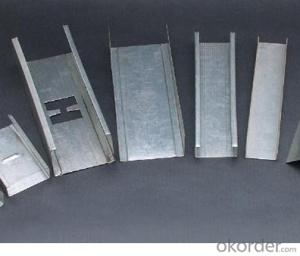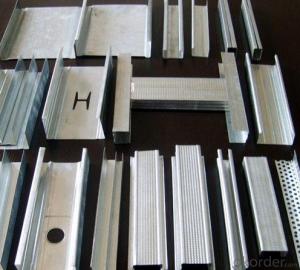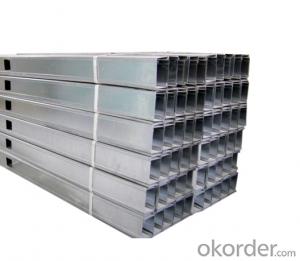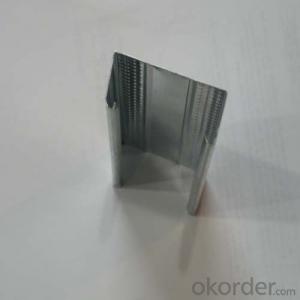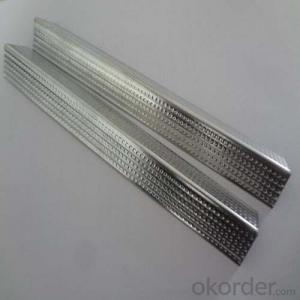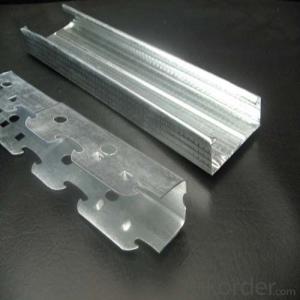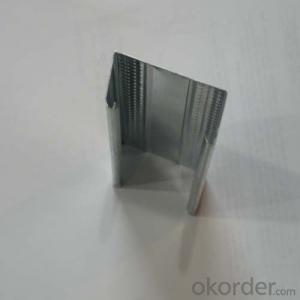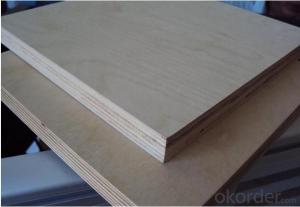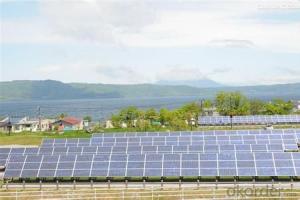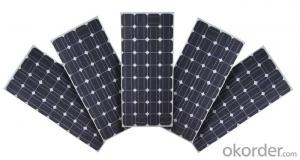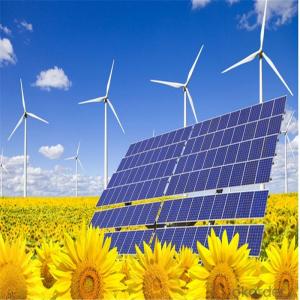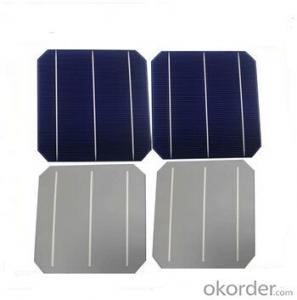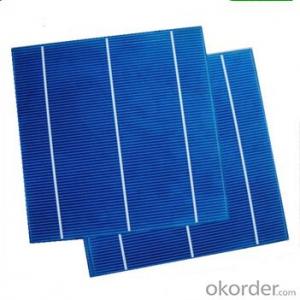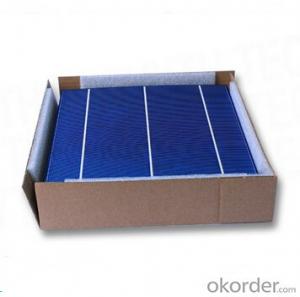C Si Solar Cells
C Si Solar Cells Related Searches
Grinding Tools For Metal Metal Frames For Beds Metal Stainless Steel Stainless Steel C Channel 440 C Stainless Steel Channel Letter Aluminum Coil 18 Gauge Galvanized Sheet Metal 28 Gauge Galvanized Sheet Metal Galvanized Sheet Metal 4X8 Aluminum Metal PlateHot Searches
Inverter Size For Solar System Used Metal Folding Chairs For Sale Large Metal Containers For Sale Metal Shop Cabinets For Sale Metal Shipping Crates For Sale Solar Panel Inverter Size Cost Of Drywall Per Sheet Large Size Aluminum Foil Aluminum Foil Market Size Solar Inverter Market Size Solar Inverter Size Chart Solar Inverter Size Aluminum Channel Stock Sizes Sheet Metal Roofing Prices 1 2 Inch Type X Drywall Cost Of Drywall 1 2 Type X Drywall Metal Roof Tiles Prices Metal Furniture Company Type C FuseC Si Solar Cells Supplier & Manufacturer from China
Okorder.com is a professional C Si Solar Cells supplier & manufacturer, offers integrated one-stop services including real-time quoting and online cargo tracking. We are funded by CNBM Group, a Fortune 500 enterprise and the largest C Si Solar Cells firm in China.Hot Products
FAQ
- Yes, solar cells can be used for powering streetlights. Solar-powered streetlights use photovoltaic panels to convert sunlight into electricity, which is then stored in batteries for use during the night. This sustainable and renewable energy source eliminates the need for traditional grid electricity, reducing costs and environmental impact.
- Solar cells do not perform as efficiently in cloudy weather compared to sunny conditions, as they rely on direct sunlight to generate electricity. However, they can still generate some electricity, albeit at a reduced rate, as they can absorb diffuse sunlight and convert it into energy.
- What is the usage of solar cells?
- Solar cells are basically considered to be a high technology battery, which can be used anywhere that needs a "battery"
- Yes, solar cells can be used in public charging stations for electric vehicles. Solar panels can generate electricity from sunlight and convert it into usable energy to charge electric vehicles, making them a sustainable and environmentally-friendly option for public charging infrastructure.
- Solar cells have a significant impact on reducing greenhouse gas emissions as they generate clean and renewable energy from the sun without producing any harmful emissions. By replacing traditional fossil fuel-based electricity generation, solar cells help to mitigate climate change by reducing the release of greenhouse gases, such as carbon dioxide, into the atmosphere. This transition to solar energy not only contributes to a cleaner environment but also helps in achieving global climate goals and creating a sustainable future.
- Bird droppings or debris can significantly impact the performance of solar cells. When bird droppings or debris accumulate on the surface of the solar panels, they can block sunlight from reaching the cells, reducing their efficiency. This shading effect can result in a decrease in electricity generation and overall output. Additionally, bird droppings contain corrosive substances that may damage the protective coatings on the solar panels, leading to long-term performance degradation. Therefore, regular cleaning and maintenance are essential to ensure optimal solar cell performance.
- Solar cells have a minimal impact on the local ecosystem compared to traditional energy sources. They produce clean and renewable electricity, reducing the reliance on fossil fuels and their associated pollution. While the manufacturing and disposal of solar cells may have some environmental impact, it is far outweighed by the benefits of using solar energy, such as reduced greenhouse gas emissions and improved air and water quality. Additionally, solar installations can provide habitat for certain wildlife species and contribute to the preservation of natural landscapes. Overall, solar cells have a positive effect on the local ecosystem by promoting sustainability and mitigating climate change.
- Solar cells are designed to withstand severe weather conditions, including hail. They are made with durable materials such as tempered glass or other shatter-resistant materials that can withstand impacts. Additionally, solar panels undergo rigorous testing to ensure their ability to withstand hailstorms and other harsh weather conditions.
